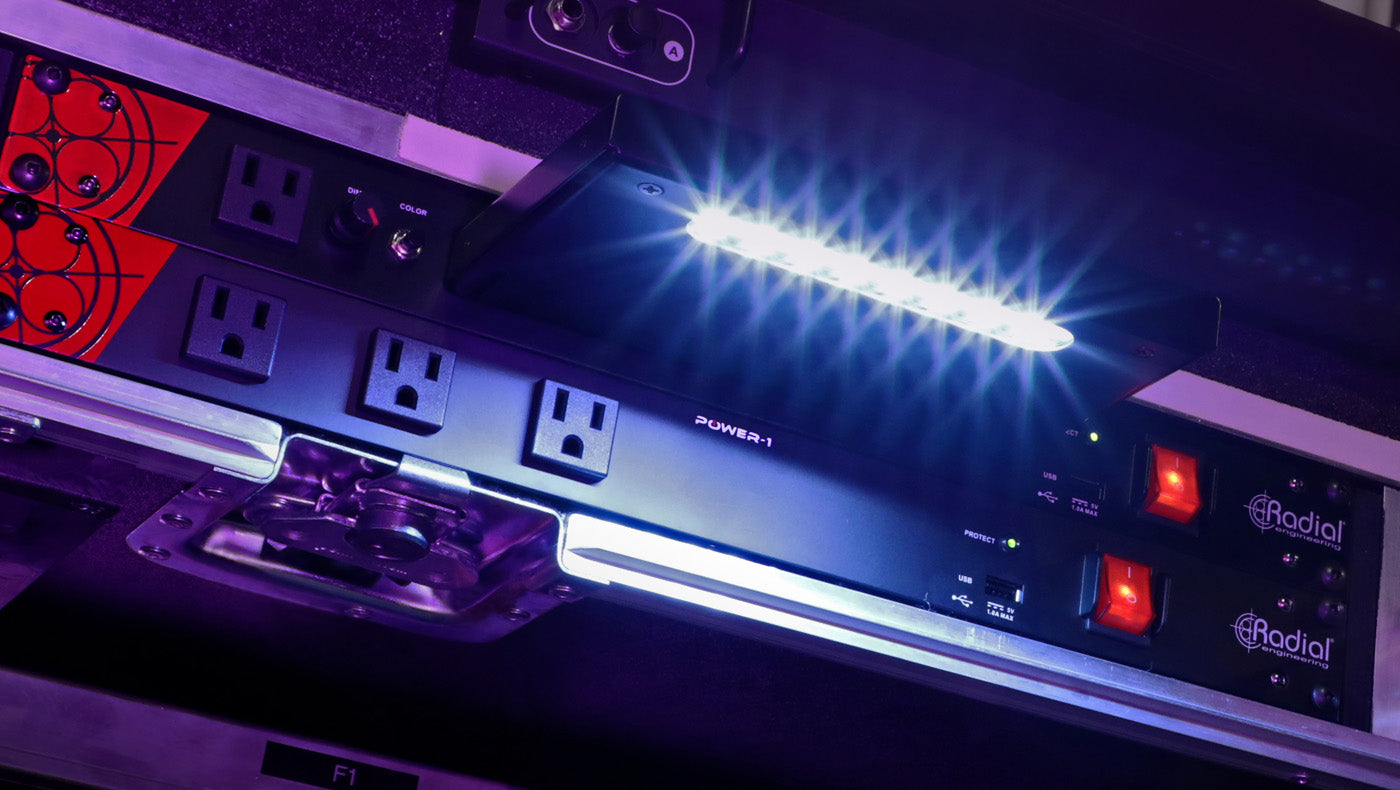Shure Microphones just released a brand new microphone, the SM7dB! That’s right the dB, not the just B that most of you are very familiar with, but the dB! What is this exactly? Find out right here!
The naming is clever, because they added a “d” to the “B” to make it dB, like the acronym for decibel, but it’s clever because it actually means something. It means a boost in dB, a boost in gain, or a boost in volume. This SM7db now has a built in preamp, or if you prefer, an activator, or in-line gain booster. Or you could say built with its own Cloudlifter!? Yes that’s right, inside the SM7db is a custom built Shure-designed preamp with technology licensed from Cloud, the makers of the studio-staple Cloudlifter! If you are not familiar with what a cloudlifter does or why you might need one, stick around, we’ll explain it later in the article.
The SM7b has been a true classic in the audio industry for a very long time. Most engineers, artists, performers, and even gamers and streamers know this microphone very well. That’s because it’s a complete workhorse.
The history of this mic goes way back in history. In 1964 the Shure Brothers introduced the SM5, a large dynamic microphone for broadcasting. This was one of the first microphones in their SM (Studio Microphone) line of microphones. Of note here, the following year in 1965 they added the arguably more famous SM-57, and in 1966 the SM-58. There is a legitimate debate amongst live and studio musicians as to which of these would be Shure’s most famous microphone.

Then in 1973, Shure added the SM7, which looks almost identical to the SM7b that’s sold today. If you’re doing the math you are correct, that’s 50 years ago!! For 50 years the SM7 has looked basically the same and very little has changed. That’s absolutely incredible in any industry, especially the audio business!
Everyone uses these. You see them everywhere. We used one to record the voice audio in our video announcement of the SM7dB. We have also used SM7b’s on our Unfiltered show for several years. You also see them on Podcasts, YouTubers, Streams, sounds engineers, recording engineers, broadcasters. It’s excellent on voice, singing, and especially loud sounds like bass drums, Bass Amps, guitar amps, and even vocal screamers! This mic is a workhorse, and everyone knows what you’re going to get with this mic and you can rely on its sound and consistency.

But WHY does the SM7b sound the way it does? Why do producers, engineers, and artists consistently, always reach for this mic?
Because the SM7B has a large diaphragm, it captures the full sound spectrum very well, and reproduces bass frequencies better than most dynamic microphones. This makes it a great option for capturing vocals, bass cabinets and so on. A surprising number of people use this in the recording studio to capture their main vocal tracks.
Another interesting feature of the SM7B is the cage that surrounds the capsule. This serves a few purposes. The obvious, it protects the capsule, and lowers noise. The not so obvious is that it positions the capsule a few inches from the sound source, which reduces proximity effect. Another side effect of that design decision is that it also makes the microphone quieter than most other microphones, because dynamic microphones are very sensitive to the distance a sound source is from the microphone. By forcing you a couple of inches away from the capsule, you need a bit more gain than most other dynamic microphones.
The SM7B has a humbucking coil and a plastic grill in front of the capsule that acts as a high frequency resonator that increases the presence frequencies of the microphone.

The SM7dB IS the SM7B but with a built in preamp to give you a gain boost. What does that mean exactly? While the SM7b is one of the best microphones of all time, it has only ever lacked one thing, gain level, or volume. It simply has low-output compared to most dynamic microphones. So if you don’t have a preamp with tons of gain to boost the mic’s level or have an interface that gives it enough boost, you end up with a low recording signal. To supplement this you need to add your own signal booster to your mic chain. Most people know about the Cloudlifter, there are other products that accomplish the same thing, but Cloud is known for this technology, and that’s why Shure approached them and licensed their technology.
To summarize, an interface, mixer, or console sends its own phantom power to the dynamic microphone, the preamp in the mic uses that power to boost the output level gain of the microphone, and BOOM you’ve got all the volume you need.
And to be clear, some preamps on interfaces, consoles, and mixers DO have enough gain to get you there. What’s nice about the SM7dB is that you can bypass boost - there’s a switch on the back! You get the cake and eat it too! With phantom power on and the preamp on, you can select between either +18 dB or +28 dB of transparent gain, which brings the sensitivity up to a level optimized for typical audio interfaces.

The SM7dB is the same Microphone as the SM7B, it has the exact same parts, same capsule, circuitry, shock mounting, but is about 1 cm longer to accommodate the preamp circuit. On the back panel (or rear on the mic) are some of the same controls as the SM7b that you are familiar with like the EQ and presence switches, but now you have the Preamp switch and the variable boost switch installed on the panel. The aesthetic is relatively the same, but it has a sleek all black look! Inside the box you’ll still get the two different shaped windscreens.
This new dB version is a great new option from Shure that will be well received by a lot of people in the industry. There is still a place for the original and there always will be. I do believe that people who need a mic like this that have never used one or are just getting into something that requires a good microphone will find the all-in-one solution that Shure has now provided as an easy barrier of entry and will give options to those artists or performers that may want less gear, and need more of a plug-and-play set up.
Buy the SM7dB now at Pixel Pro Audio.com!


